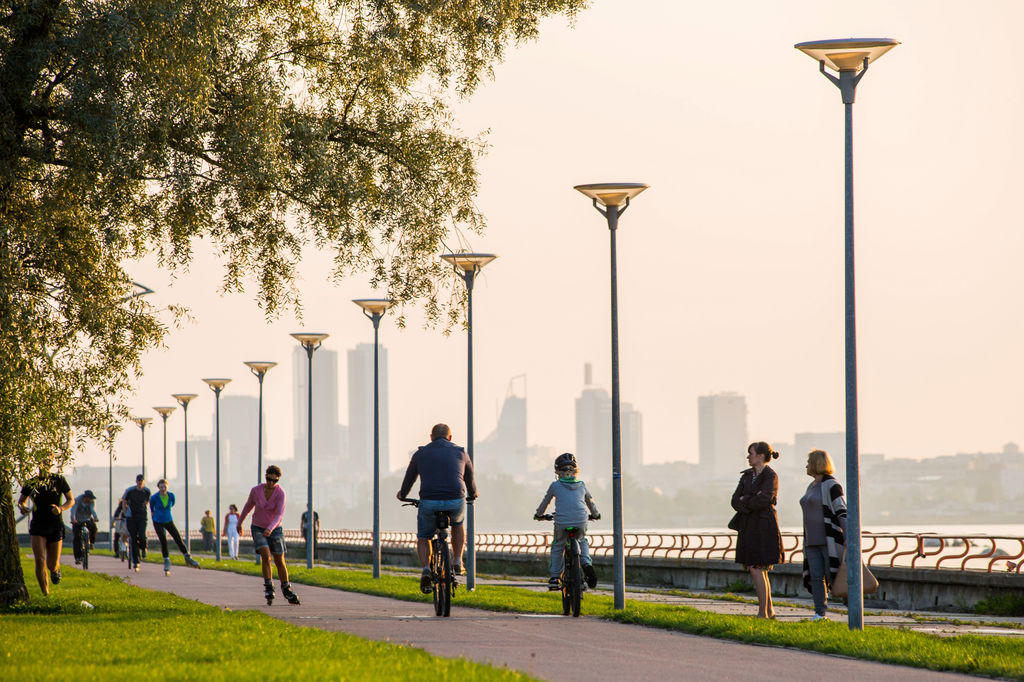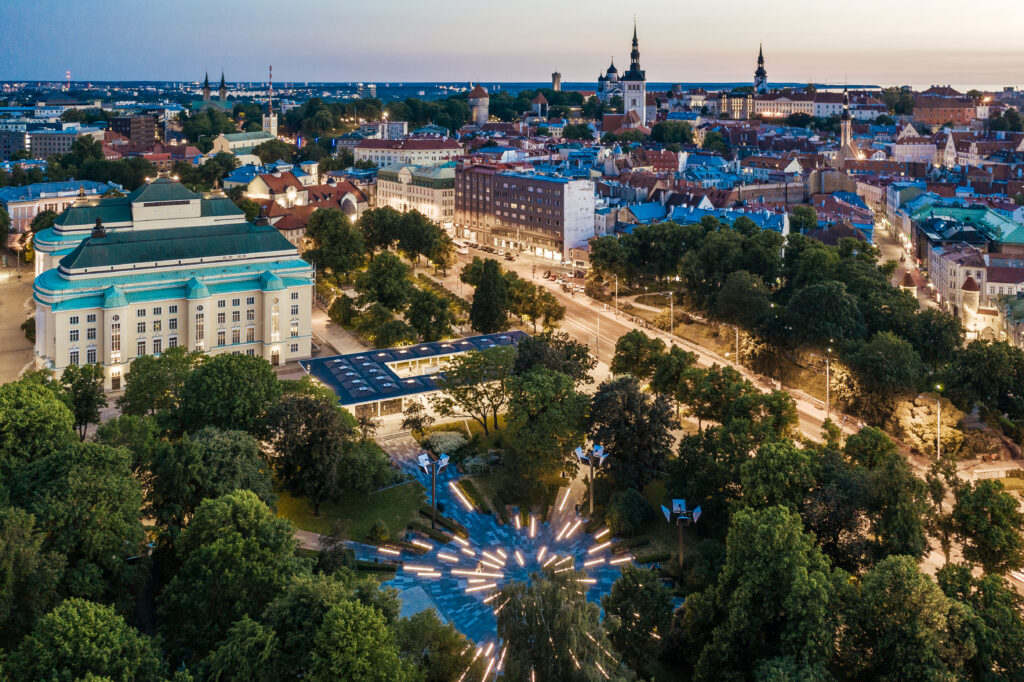A recent event in the Estonian capital, Tallinn, organised by Estonishing Evenings and Estonian World, featured a discussion on how to make Tallinn so awesome that people would want to stay and never leave again – this is what the audience came up with.
“A good city is like a good party – people stay longer than really necessary, because they are enjoying themselves,” Jan Gehl, a renowned Danish architect and urban design consultant, said. On 17 September, the English-speaking event series, Estonishing Evenings – co-organised by Estonian World – asked exactly that: how to make Tallinn a good city.
In between presentations by the city planner and architect, Yoko Alender, and the Telliskivi Creative City founder, Jaanus Juss, we asked the audience – roughly split 50/50 between the non-native residents and Estonians – their feedback and ideas what to improve upon in Tallinn.
First, the good news. Here are the things people like about Tallinn: green spaces, the clean air, the Old Town and the varied architecture, feeling safe and secure, the city being walkable and human-scaled, the trams, the access to the waterfront and the sandy beach, modest advertisement (not too many public banners), the innovation and the start-up friendly infrastructure, such as the Telliskivi Creative City and the Ülemiste City, for example. Some people also noted positively that the city is accessible for children.

Now, it gets trickier. Those who said before the event that “Tallinn is already great, there’s nothing to improve”, might be in for a second thought.
We asked the audience what both the city government and the city residents could improve in Tallinn. The list of ideas on what to develop, upgrade and refine, is long – and please note that these ideas highlighted here were written down by approximately 100 people in just about twenty minutes. Shouldn’t we ask more often what the city residents want and expect?
How could the city government improve Tallinn?
Plan and create more bicycling paths.
Bicycle paths should be kept clear also in winter.
Introduce smart traffic management: real-time analytics about traffic; historical trends; predict traffic patterns; optimise traffic signal times; dynamic bus routes.
Develop a more efficient public transport network and transport connections across the capital and for people who live outside of Tallinn but work in the city; improve the traffic speeds in the city centre.
Develop a night bus network.
Introduce a more convenient public transport to the nature spots outside the city.
Densify the city centre – no more urban sprawl, please.
“Desovietise” city planning and the infrastructure.
Create more free space for people and activities; people should feel they have ownership of public space – currently, many people don’t feel so.
Improve the waterfront; improve access to the seafront from the Old Town.
Encourage refurbishment of old buildings.
Transform abandoned fields around Lasnamäe into cool parks.
Instead of building more and bigger shopping malls, legislation should provide incentives for creating smaller shops.
Support the neighbourhood shops; provide incentives to establish shops and bars across Tallinn, not just in the city centre.
Preserve the greenery.
Provide more recycling facilities in the urban space and increase awareness about waste.
Build more public restrooms.
Inform non-native residents and the newly-arrived people on their rights and opportunities to participate in the local decision making.
Inform non-native residents and newcomers about Tallinn’s helpline 1345.
The Tallinn city government should take more into account the initiatives of the community organisations – currently, when these interfere with city policies, the progress is slow or stalled.
Introduce a universal civic education not just in Tallinn, but across Estonia.
Listen more and gather opinions from disadvantaged people in Tallinn; set up a dedicated website for the socially disadvantaged.
Build better homeless shelters.
The city should be all about people and their wellbeing.

How could the residents of Tallinn improve their city?
Motorists – have more respect for bicycle users and please, don’t drive too fast in the city.
Take advantage of the opportunities carpooling could offer.
In the winter, get ice off of sidewalks in front of your buildings.
Local community organisations should be bolder in their criticism of city government’s policies if they disagree – currently, there are signs of reluctance to criticise, which is detrimental to transparent and democratic society.
Be more active in local elections.
Join social movements and be more involved; volunteer.
The residents of Tallinn could cooperate more and develop better community relations; more trust and empathy are needed.
Become more foreigner-friendly.
Finally – smile more!
This article was lightly edited on 6 October 2021.
Cover: An areal view of Tallinn’s city centre. Photo by Kaupo Kalda.

